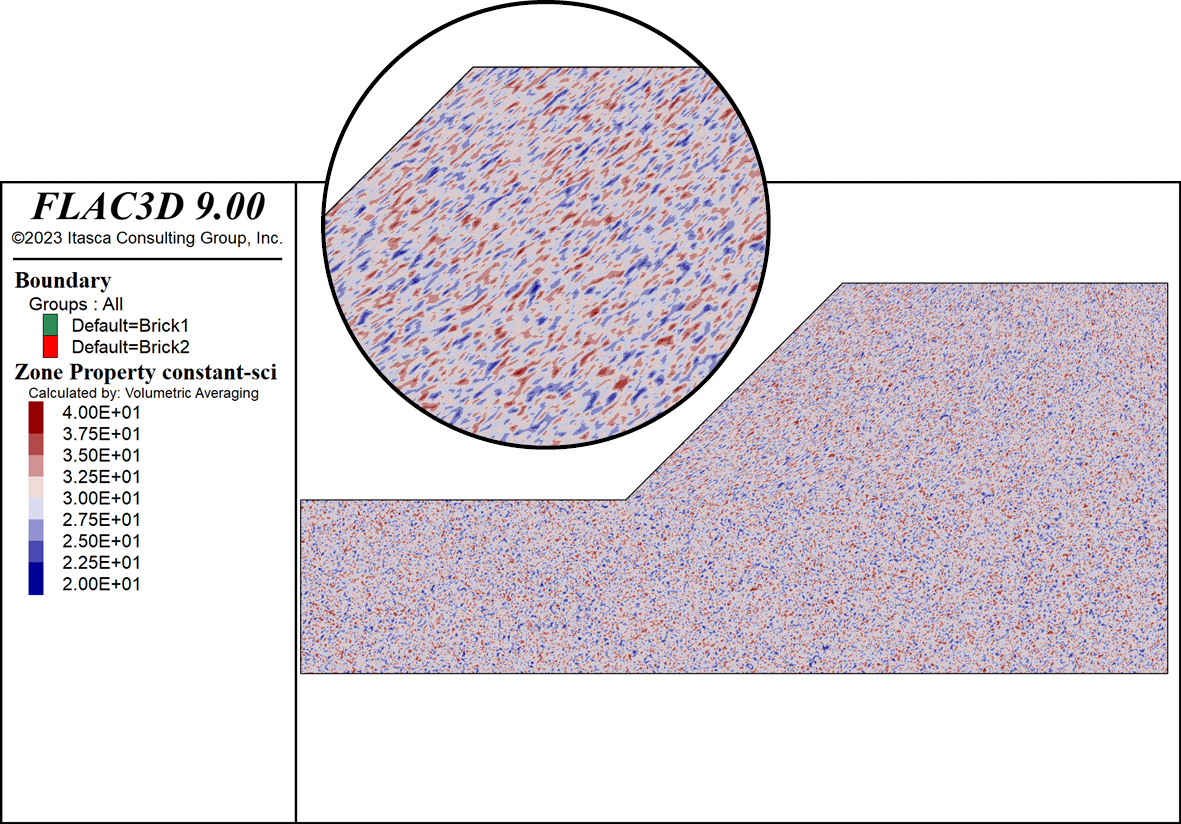PYTHON
The Python programming language is embedded inside FLAC3D. Python is a general purpose programming language with good support for scientific and numerical programming. Python has been extended to allow models to be manipulated from Python programs. The Python modules NumPy, SciPy, and Pyside are included with FLAC3D for scientific computing, science and engineering tools (optimization interpolation, integration, etc.), and customizing the user interface, respectively.
With FLAC3D 9, Python has been updated to version 3.10.5 to let you work with the latest available modules.
FISH
FISH is an embedded programming language that enables the user to interact with and manipulate models, defining new variables and functions as needed. These functions may be used to extend, add to, or control the program.
FLAC3D 9 includes the latest version of FISH and updated documentation for working with multithreaded FISH splitting and operators.
MULTITHREADED FISH
If you are modeling using FISH, be sure to use splitting rather than loops and use operators in order to best utilize your multithreaded computer hardware and minimize your modeling time.
For example, taking the FLAC3D Hoek-Brown Slope example in the documentation, rather than using a constant value for the Hoek-Brown constitutive model property constant-sci, let's assign a value to each zone using a pseudo-random uniform distribution within 30 ±10 MPa, to provide a degree of rock strength variability across the model as shown below.

A timing test was run five times for each of the FISH functions above by calling the time.clock intrinsic function at the start and end of the function and calculating the difference. The following figure shows the average time required for each approach discussed above (in hundredths of a second) for a model with 228,000 zones. The test was performed on an i9 CPU (3.7 GHz) with 64 GB RAM and 10 cores (20 logical processors).

While any of the methods reviewed above are effectively instantaneous, the performance will become more important for very large models with millions or tens of millions of objects (zones, blocks, etc.) and/or if such functions are being called during cycling (i.e., each step). As such, a method (operators) that is over 260,000 times faster than another (loop while) becomes highly desirable.
